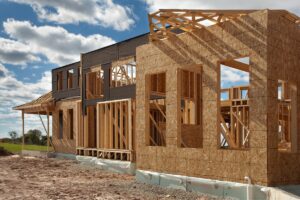
Liability During Residential Building: Who is Liable?
Where does the buck stop? As engineers, we want liability to be designed out of the build, but time and cost can sometimes sway clients, builders and homeowners to look for cheaper alternatives.
Weather events during the past months have severely impacted housing stock in New Zealand.
Many properties have suffered damage from Civil Defence emergencies related to floods, landslides, gale force winds, cyclones and torrential rain, particularly in Northland, Auckland, Bay of Plenty, Coromandel and Hawkes Bay regions.
One estimate put the number of houses needing assessment in Auckland at 5000 as of the 9th of February, 2023. Many homes were affected by a process we hadn’t seen much prior – red and yellow stickering.
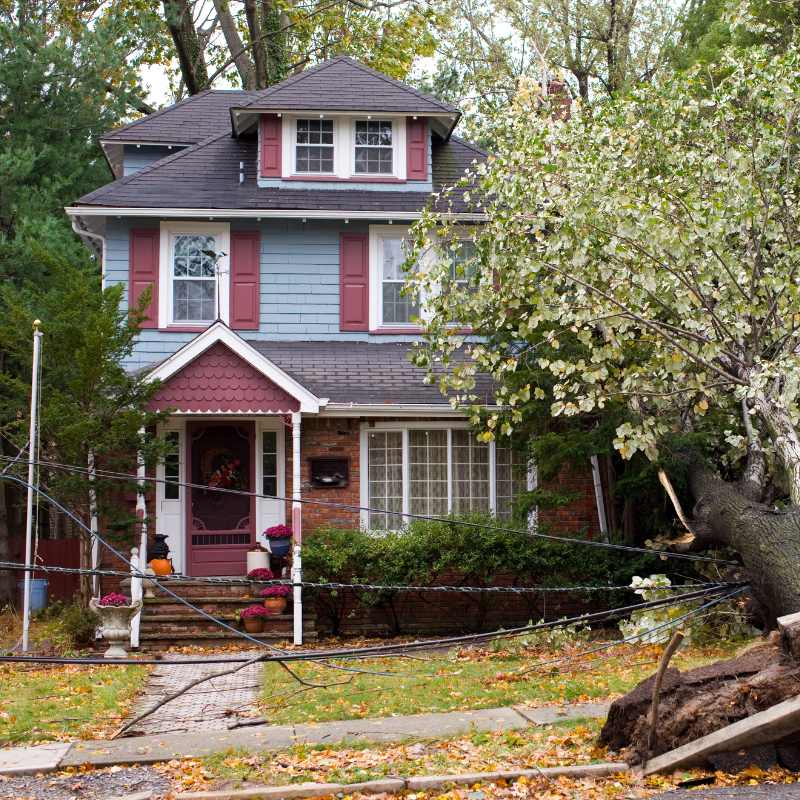
Red (severe damage) means no access – homeowners are not allowed to enter and are forced to take up residence elsewhere.
Yellow (moderate) means that only parts of the property can be lived in or can be accessed only to remove belongings. White stickers, the third tier in this process, allow for the house to be lived in but suggest there could be underlying problems.
Council inspectors may move fast during a significant event, erring on the side of caution when issuing stickers for obvious reasons and then conducting peer reviews later.
Stickers are a legal instruction which is not negotiable and cannot be removed by the homeowner or resident.
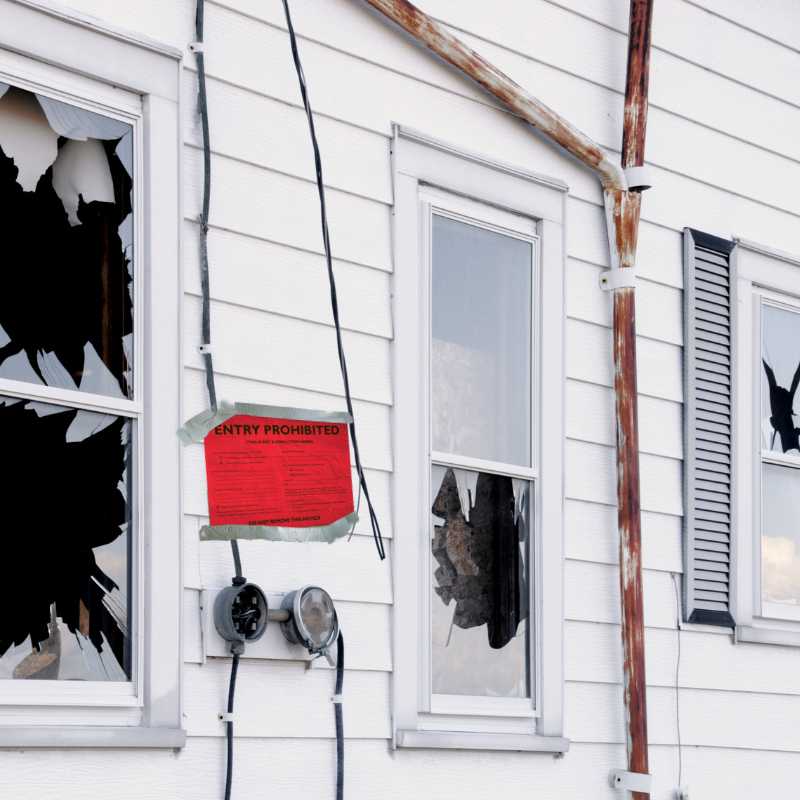
Loss of internet connectivity, roads closed, washed away or flooded, and pressure on all services may compound the problems and will mean lots of stress for any homeowner in this situation. During the most recent events, the advice included the following:
Some types of damage that occured included slips undermining foundations, water ingress, silt ingress, salt tide spray, high tides and wave damage, roof damage from high winds, piles shifting, undermining of piles and build-up of silt around piles leaving too little clearance to floors. Some of these can lead to permanent damage, such as salt depositing and changing the nature of building materials.
Proconsult is called out regularly to assess buildings, and this is something we can do at short notice in emergencies. We provide reports for insurance purposes which can help to mitigate damage and loss. Insurance reports are usually paid for or reimbursed by the insurance company. You’ll probably be asked to get a qualified tradesperson or chartered professional engineer to report to Council and your insurer. Once repairs are completed, you can then make a request to the local Council that the sticker be removed.
Some work can be carried out as emergency repairs without building consent, where a building needs to be stabilised, but in most cases, building consent is required.

Stewart is the journal editor for SESOC (Structural Engineering Society New Zealand (Inc.)

Where does the buck stop? As engineers, we want liability to be designed out of the build, but time and cost can sometimes sway clients, builders and homeowners to look for cheaper alternatives.

Engineering fees for small projects are usually charged on the number of hours the structural engineer works on your project. The costs will be individual to your project.

Has your house been damaged in an earthquake, landslide or water ingress? Or has your house been repaired or altered, but you believe the repairs may not have been done properly? Perhaps you just want a second opinion for peace of mind or insurance purposes.

Do you have a student who wants to become a Structural engineer?
Here are a few thoughts on how to guide them, what to expect, how to get a taste, and which universities to consider (in NZ and further afield)
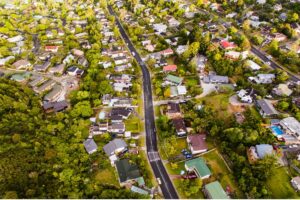
Although cross-leases are more complicated than usual freehold titles, these problems can usually be minimised if owners of the cross-lease properties thoroughly understand their rights and obligations
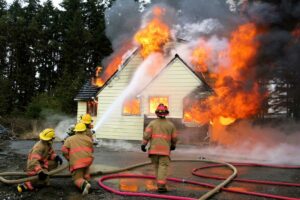
Protection from fire for residential homes in NZ mainly relate to higher density housing, New code building changes are being considered
ProConsult Structural Engineers
Suite 2, Level 1,
322 Remuera Road,
Remuera, Auckland
© ProConsult Ltd | Website by Openbox Marketing